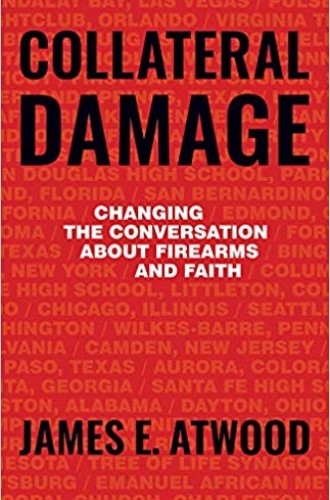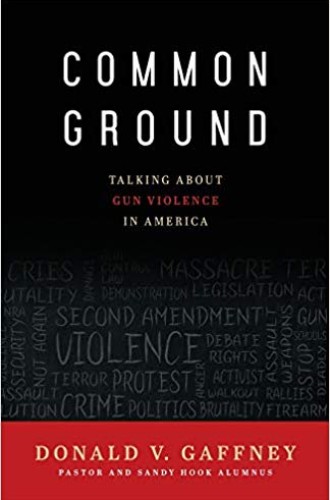I opened the car door and started to get out. “Where are you going?” asked my wife, her voice charged with anxiety.
“That guy just cut in the ferry line. Didn’t you see him? I’m going to tell him that’s not okay and that I’m calling his license plate in.”
“Don’t you dare,” she said. “Who knows, he might have a gun.”







